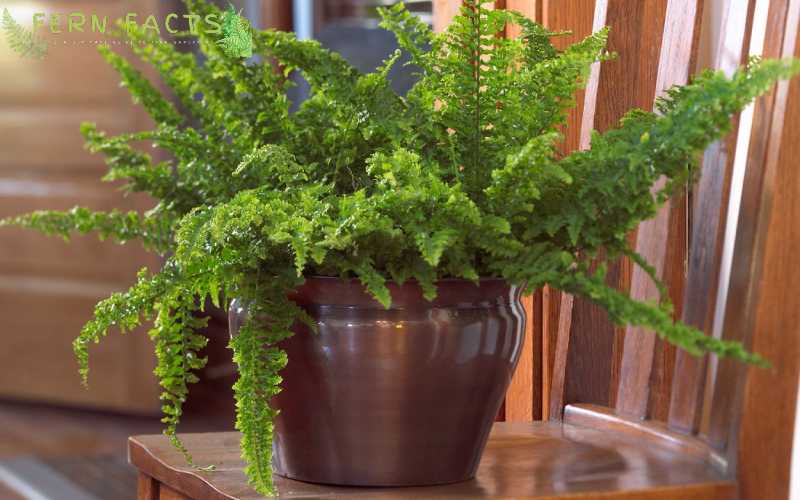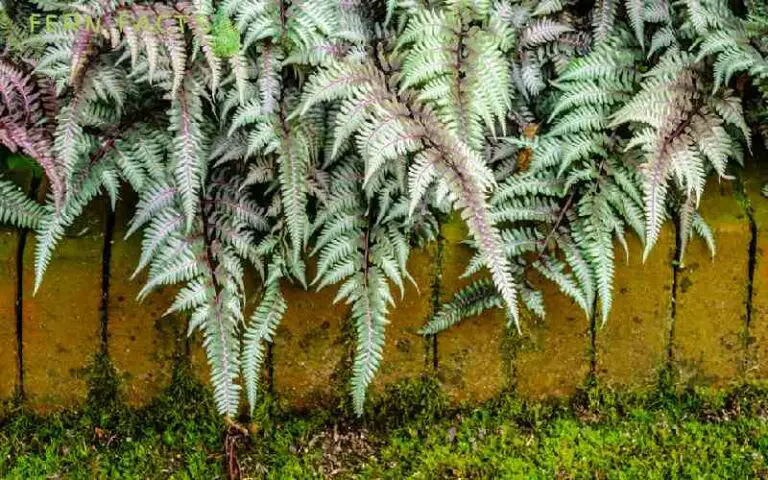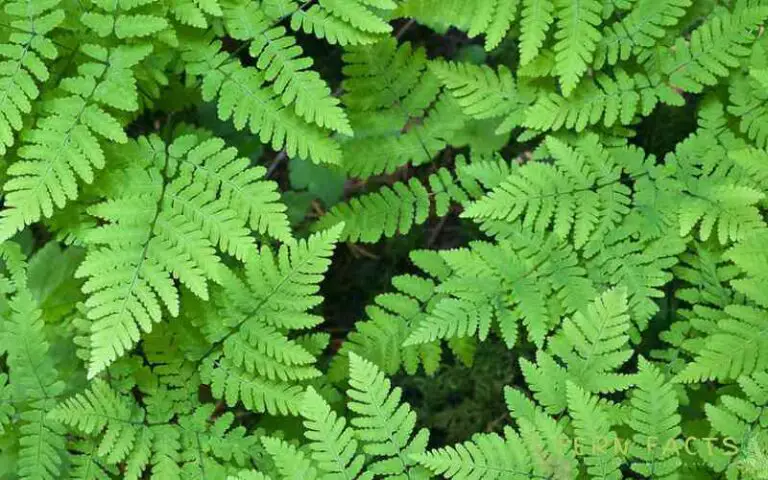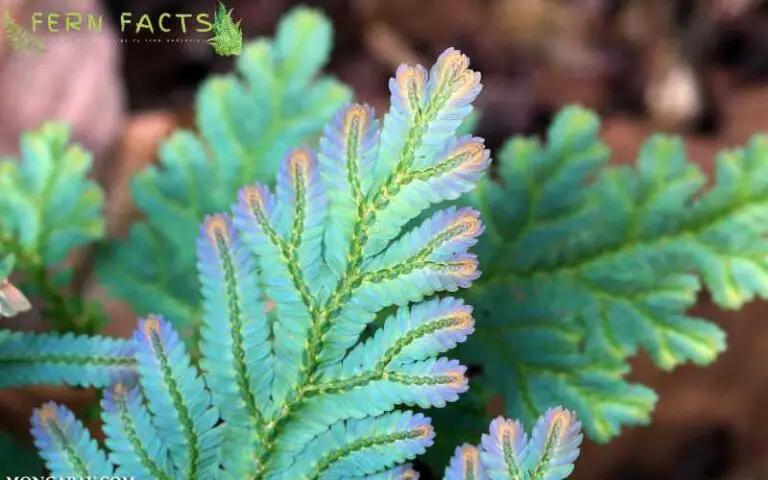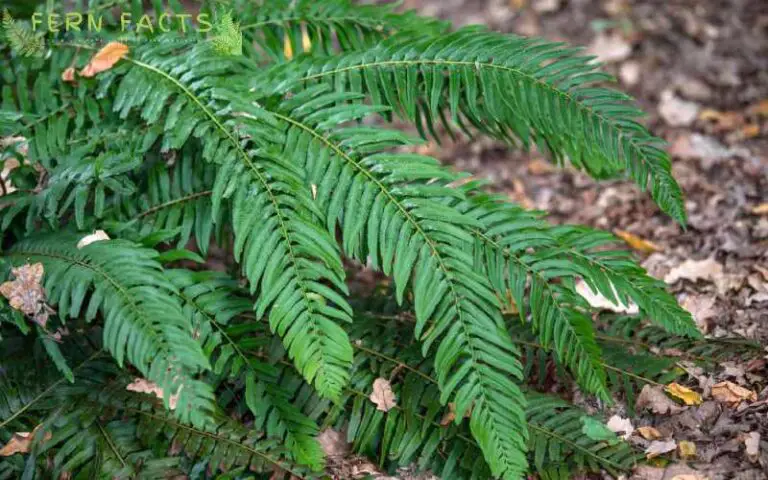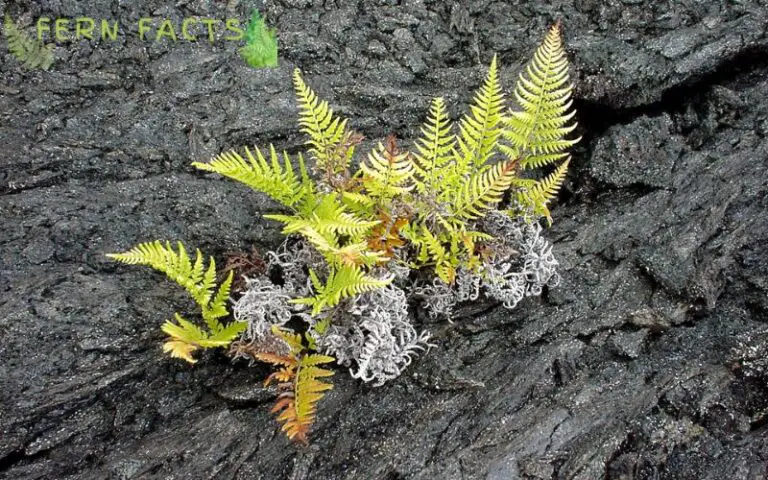How to Grow and Care for Button Fern (Pellaea Rotundifolia)
Want to grow dark green foliage button fern in your house garden? Well, these button ferns are renowned for their rounded dark green foliage appearances that give a phenomenal look to any platform.
If you already developed an interest in knowing more about this fern, then read this article rigorously. Here I’ll demonstrate the overall idea about button ferns along with their characteristics.
Similarly, I’ll also illustrate their growing requirements, maintenance, and common problems with solutions.
By understanding all these factors, I’m sure you will easily grow these button ferns in your home garden. So let’s delve into the topic even more deeply.
Overview of Button Fern
- Botanical name: Pellaea rotundifolia
- Common name: button fern, round-leaved fern
- Plants: Evergreen or Perennial garden plant
- Native range: New Zealand
- Native habitats: scrubs and forests
- Shade requirements: partial to full shade
- Height: around 6 to 12
- Soil: acidic, neutral, moist, and well drained
- Hardiness zone: 9,10,11
Button ferns (Pellaea rotundifolia) are evergreen or perennial garden plants; mostly native to New Zealand and Australia. These ferns have arching fronds with dark green foliage.
The Latin form of rotundifolia means rounded leaves. These ferns tend to grow under shaded places with indirect sunlight. They usually grow around 12 inches in height.
In their native habitats, these ferns prefer moist, humid places like forests and scrubs. Because of their small rounded dark green foliage, they have become typical plants to grow indoors.
Additionally, they also have gained the Royal Horticultural Society award of Garden Merit because of their unique delicate frond and characteristics.
Growing Requirements of Button Ferns
If you want to grow these Button ferns at your house, then you need to give them primary growing conditions such as lighting, watering, soil, temperature, and humidity. Here are those:
Lighting
Button ferns thrive in a shaded atmosphere like their native tropical environments. They can also survive in low light conditions if they are planted in a natural environment.
Simply place them in a North or south-facing window to provide them with indirect sunlight. Don’t place them in places where they can get direct sun exposure cause it can burn their fronds.
Watering
For Growing these button ferns, you need an adequate amount of watering. They enjoy moist damp conditions. But that doesn’t mean you will water consistently.
Remember, don’t give much water since it might kill the plant. Conversely, don’t let their soil dry out completely, rather make the soil moist and hydrated.
Make sure when you water the soil, all the excess water gets drained out from the holes. Otherwise, it can lead your plants to have rotten roots.
Soil
In order to prepare button fern soil, you need to make rich humus soil for them along with well-drained properties. Just add peat moss, coconut coir, perlite, vermiculite, and leaf mold in the soil to make the soil rich humus.
Use an equal amount of ratio of each part to enrich the soil’s nutrients. All these elements will increase the soil texture and drainage capacity as well.
Temperature and Humidity
Similarly, these button ferns are fond of a generous amount of humid atmosphere compared to other ferns. On average 50 to 60% humidity will be enough for these ferns to grow actively.
Also, they prefer 65 to 80 degrees Fahrenheit temperature to thrive. If they can’t get this you can locate them in the best humid place in your house such as bathrooms, or kitchens.
Alternatively, you can also buy a humidifier or peddle tray for your plants which will add moisture around your plants.
Fertilizer
Since these are tropical ferns, they don’t need much fertilizer. Before their growing seasons start you can start your feeding process. Usually, in the late winter or early spring season, you can feed your plant.
Therefore, you can feed them once every two months with a water-soluble fertilizer or liquid fertilizer at half strength during the growing seasons.
Pruning
These button ferns don’t need much pruning and trimming compared to some invasive plants. Still, you can remove or pull off all the dead, damaged, or sunburned fronds before their growing seasons.
It will somehow help your button ferns to develop their growth.
Common Issues of Button Fern: Problems and Solution
While growing this button fern, you might face some trouble. Let’s go through some common problems of button ferns along with the solution.
Yellow Fronds
If you notice your button ferns fronds becoming yellow then it’s a sign of overwatering. If the soil becomes soggy and mushy, then their fronds can turn yellow. In such cases, you need to ensure their watering requirements.
Don’t give too much water as you already know the consequences. In this case, use a thumb technique to measure the soil water level. Only water the soil when it becomes dry.
Brown Fronds
Brown Fronds or crispy fronds are a sign of less humidity in the air. It depicts your ferns are not getting enough humidity. That’s why you need to increase the humidity level around your fern. Buy a humidifier or use a pebble tray to increase the humidity.
Also, mist the plant in order to hold the moisture in the air. You can also place them in the kitchen and bathroom until they are fully recovered. After they recover fully, place them in a partially shaded place.
How to Do Potting of Button Ferns?
Well, Button ferns will require potting and repotting every two to three years. It will intensify their active growth. For potting and repotting purposes, just follow the steps given below:
- Choose a pot or container that is at least 2 inches bigger than the previous one.
- Fill the pot with your new mixer soil with leaf mold, coconut coir, peat moss, perlite, and organic compost. Use all these proponents in equal amounts and prepare the new potting soil.
- Never use the previous soil mixture because that soil might not hold the richness like before.
- Then, remove the main plant from the previous pot.
- Afterward, gently remove the soil from the edges by holding the rootball.
- Be aware of not harming the roots.
- Then replant the root in the new pot and fill the pot with your new potting soil.
- Lastly, water your plants thoroughly to give them proper hydration after the process.
How to Do Propagation of Button Ferns?
You can easily propagate these button ferns by the division method. Have a look at the steps given below:
- Just take your chosen fern that you intend to separate.
- Gently remove the plant from the pot or container.
- Then, divide the roots with any sharp scissors (sterilize the scissors before using them) while making sure each side has the same amount.
- Prepare the soil by following the previous guidelines given above.
- Place them in a pot or in a container and fill the pot with your new mixing soil.
- Lastly, water the plants thoroughly after this hectic process and keep them in a shaded place.
Wrapping Up
In a nutshell, Button ferns are very easy to grow at home. If you can provide them with their ideal conditions like indirect sunlight, moist, damp soil, and warm and moderate humidity, you can effortlessly grow these ferns in your house environment.
However, you need to do some occasional maintenance like yearly fertilizing, pruning, repotting, and propagation to develop their growth. Side by side, you can also troubleshoot all the common processes of these ferns by ensuring their ideal growth conditions.

